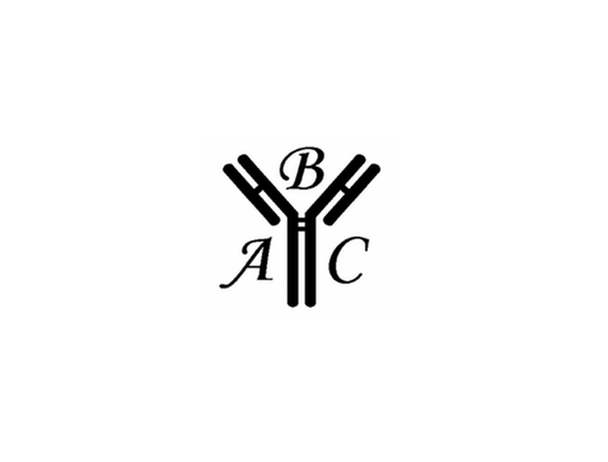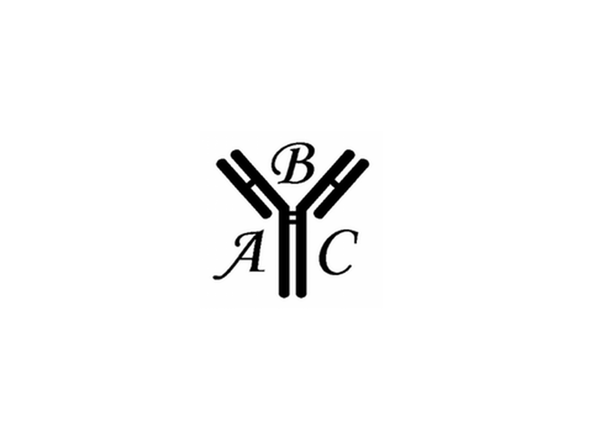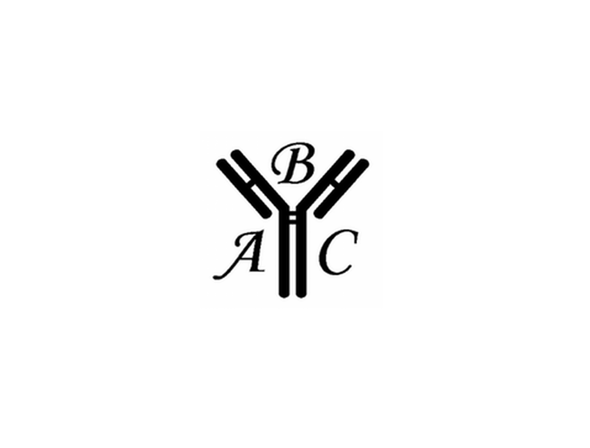HRP-conjugated Goat Anti-4 HNE (4 Hydroxynonenal) | ABMC-H15
- SKU:
- ABMC-H15
- Availability:
- Usually shipped in 5 working days
Description
HRP-conjugated Goat Anti-4 HNE (4 Hydroxynonenal) | ABMC-H15
| Host Species: | Goat |
| Concentration: | 1 mg/ml (OD 1.35 / 280 nm) |
| Antigen: | 4 HNE-KLH |
| Purification: | Affinity purified |
| Buffer: | 50 mM PBS, 0.1 M NaCl, and 0.01% Thiomersal, pH 7.4. |
| Specificity |
Specifically binds to 4-HNE modified proteins. Dilution for immunoblot and ELISA range: 1,000 to 4,000. |
| Use: |
The antibody can be used for detection of of 4-HNE modification in plasma, lipoproteins, and other proteins, immunoassays, immunoblots, enzyme conjugation, or biotinylation. |
| Storage: | -20°C for long-term storage, 4°C for short- term storage. Aliquot to avoid repeated freezing and thawing. |
| Form: | Freeze dried powder |
| Stabilizer: | 10 mg / ml Bovine Serum Albumin. |
|
Reconstitution and Storage: |
Freeze-dried product should be stored refrigerated until opened. After opening, restore to suggested ml volume with distilled water. If it is not completely clear after standing for 1-2 hours at room temperature, centrifuge the product. It is stable for several weeks at 4°C as an undiluted liquid. Do not use for more than one day after dilution. For extended storage after reconstitution, we suggest aliquot to avoid repeated freezing and thawing; or the addition of an equal volume of glycerol to make a final glycerol concentration of 50%, followed by storage at -20°C. The concentration of protein and buffer salts will decrease to one-half of the original after the addition of glycerol. |
*These products are for research or manufacturing use only, not for use in human therapeutic or diagnostic applications.
IMPORTANCE
Modifications on lysine residues, with formation of carboxylmethyl-lysine (CML), malondialdehyde (MDA) and hexitol-lysine are advanced glycation end-products (AGE), and the coupling with reactive aldehyde compounds, such as 4-hydroxynonenal (4-HNE) may appear from lipid oxidation (Guichardant et al., 1998). These modifications feature the oxidative byproducts which react with NH2 groups and form Schiff-base adducts (Mark et al., 1996). LDL treated with HNE or oxidatively modified by Cu++ or by cultured endothelial cells give rise to Michael addition-type HNE adducts that are recognized by HNE-specific antibodies.







